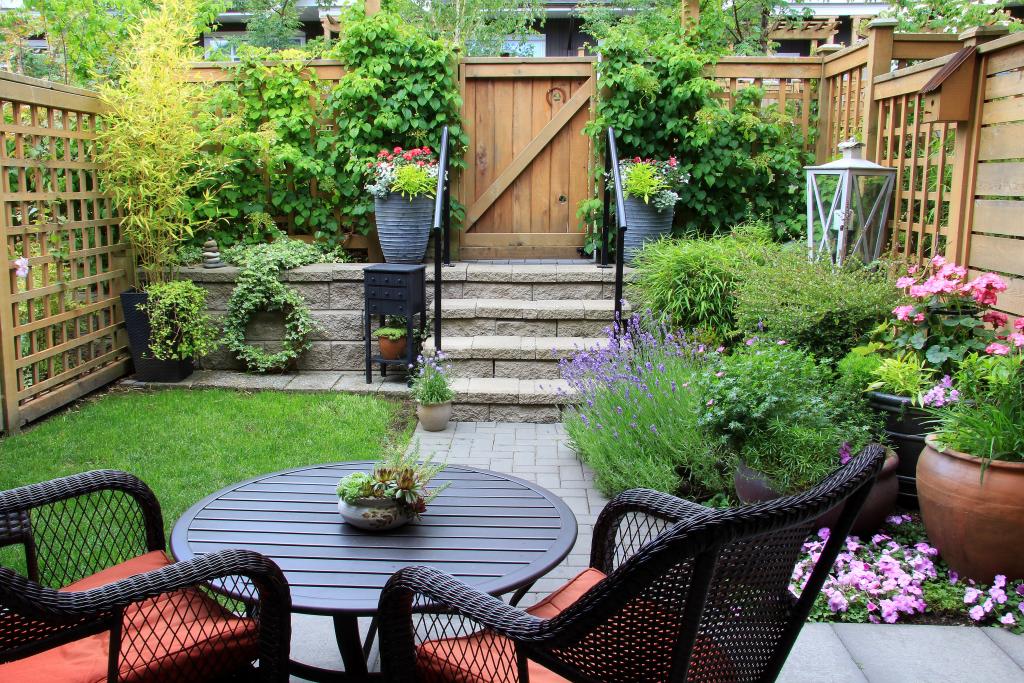Smart Planting for Privacy: The Best Trees for Screening in Glenview Yards
Fencing isn’t the only way to add privacy in Glenview yards. Many homeowners use trees as living screens that bring...

Fencing isn’t the only way to add privacy in Glenview yards. Many homeowners use trees as living screens that bring shade, structure, and visual appeal. The right combination of trees can block sightlines, reduce noise, and provide a natural barrier that works year-round. Choosing the best privacy trees Glenview means understanding how different species grow, what kind of coverage they provide, and how well they hold up to local conditions.
What makes a tree good for privacy
Privacy trees should be dense, upright, and able to maintain coverage through most or all of the year. Evergreens are the top choice since they hold their foliage during winter, but some deciduous trees also work well if layered with shrubs or used in groups.
The key qualities to look for include:
- A mature height of at least 10 or 15 feet
- Foliage that grows thick enough to block views
- Adaptability to Glenview’s soil, sun, and wind exposure
- A growth habit that allows for clean shaping and spacing
Choosing trees that meet these benchmarks helps avoid common issues like thinning, overcrowding, or poor screening during colder months.
Top recommended trees for screening
These are some privacy trees Glenview residents use to build green privacy walls:
- Spruce (Norway or White): Fast-growing evergreens with dense, sweeping branches. Excellent windbreaks and visual barriers.
- Arborvitae (Techny or Green Giant): Known for their tidy, upright shape. While their lifespan is shorter, they fill in quickly and are ideal for tighter areas.
- Maple (Autumn Blaze or Red Sunset): These deciduous options pair well with evergreens for seasonal coverage. Their size and shape make them useful along back fences or near open yards.
- Elm (Frontier or Accolade): Good for larger properties where filtered screening is enough. Fast growers with arching, layered canopies.
Many Glenview homeowners mix species for multi-season interest and a more natural feel. For example, placing a row of Arborvitae behind a cluster of Maples can soften the look while still delivering privacy where needed.
Ginkgo: not a privacy tree, but a unique accent
Some homeowners ask about using Ginkgo for screening, but this tree is better suited for color and character. With the Ginkgo tree, Glenview residents use it as a focal point, not a privacy barrier. Its leaves are distinct and eye-catching, especially in fall when they turn golden, but its open structure and deciduous nature make it unsuitable for blocking views.
That doesn’t mean it has no place in a privacy-focused yard. A Ginkgo tree Glenview can sit in the foreground of evergreens or ornamental grasses. It pairs well with screening elements like tall shrubs or arborvitae. Ginkgo brings bold color contrast in the correct location without interfering with the primary screening plan.
Placement tips for better screening
Planting technique matters as much as tree choice. To get the best coverage, avoid straight rows and tight spacing. Instead, stagger trees in gentle arcs or natural groupings. This increases depth and airflow while making the screen look more intentional.
Spacing depends on species. Evergreens like spruce or arborvitae often need 6 to 12 feet between them at planting. Give them enough room to grow without crowding, and plan for root spread and canopy width. Avoid placing trees too close to buildings or fences, restricting airflow and affecting growth.
Look at the sun path too. For complete coverage, place trees where they block direct sightlines but still get enough light to thrive.
Common mistakes to avoid
Here are the most frequent screening missteps homeowners run into:
- Using just one species for a long hedge limits variation and increases the risk of disease loss
- Overcrowding fast growers that later need heavy pruning
- Ignoring the mature size of trees and planting too close to structures
- Picking trees only for looks without considering how they function year-round
- Choosing species not suited to Glenview’s soil and weather patterns
Final thoughts
Smart screening starts with smart planning. When choosing privacy trees, think about how the tree grows, looks in winter, and fits into the space. Evergreens like spruce and arborvitae do the heavy lifting, but deciduous trees like maple or elm can support seasonal transitions. While the Ginkgo treestands out for its color, it won’t offer privacy. It works best as a companion or accent tree in a mixed layout. With the right combination, your yard can gain structure, screening, and year-round interest without a fence.



